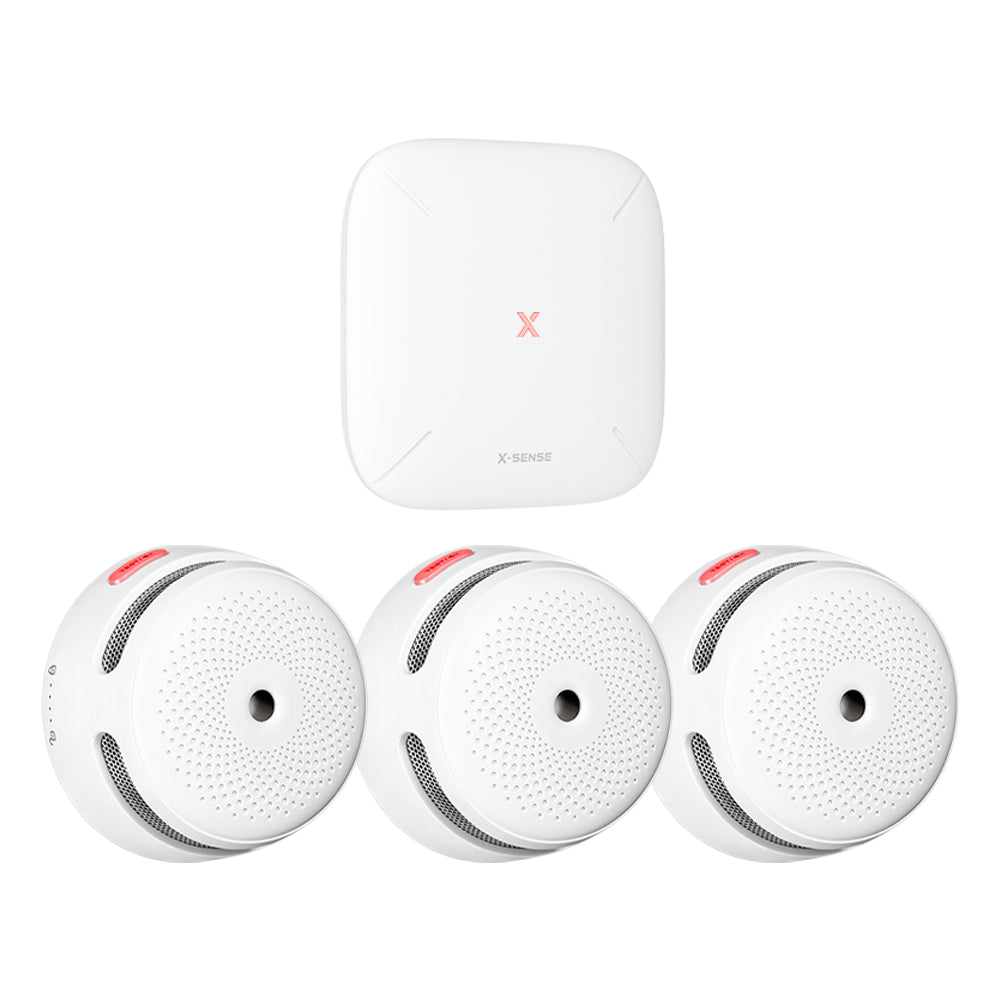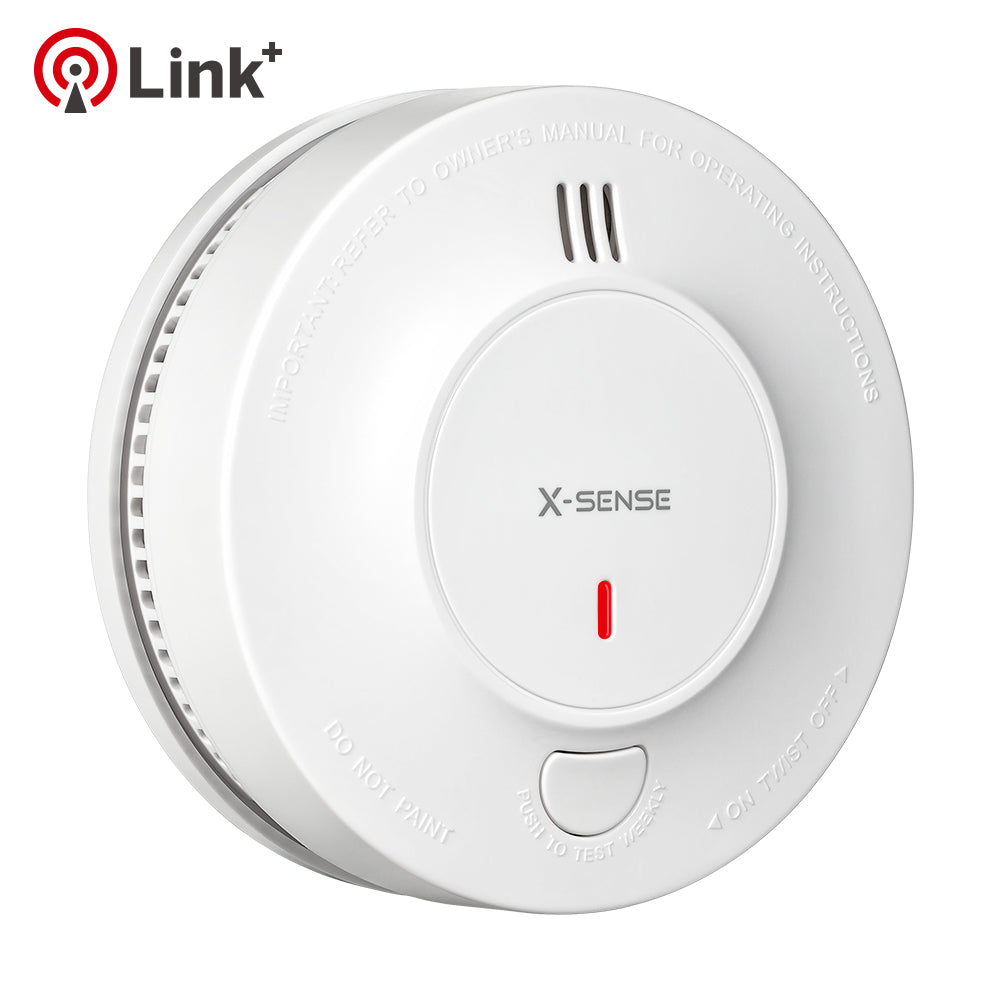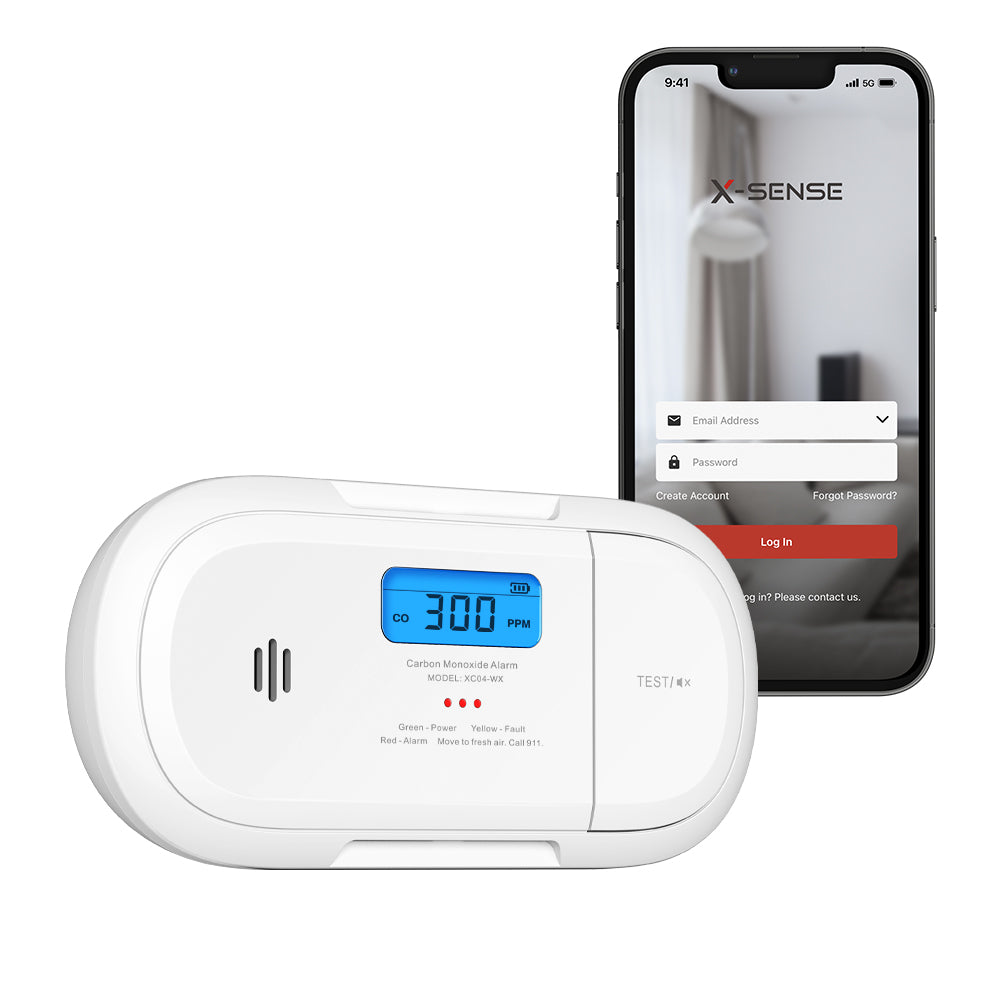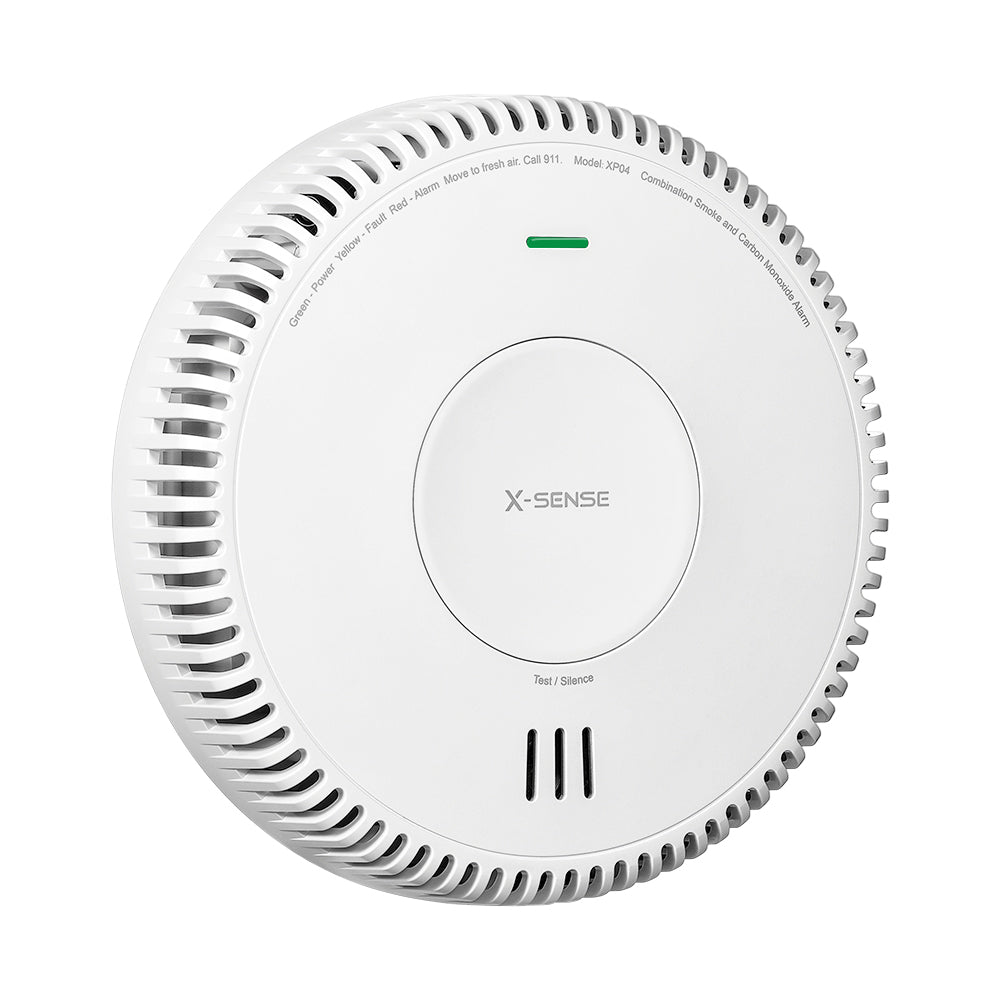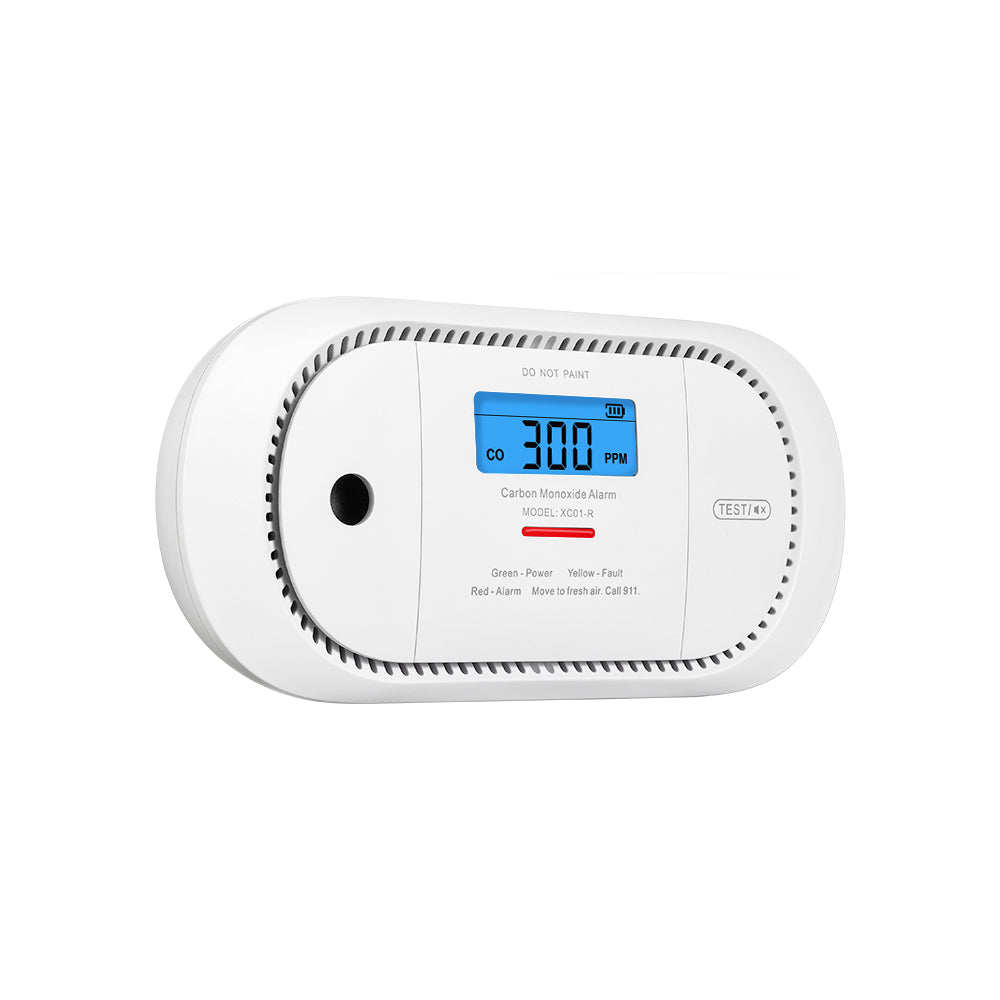Wireless Interconnected Smoke Alarms
Wed, Jun 17, 2020
Wireless Interconnected smoke alarms are necessary to monitor the safety of your house, office, or any other places which you want to secure. They help by notifying the presence of fire not only in one room but in all rooms where interconnection is enabled. Hence whenever carbon monoxide (CO) and smoke alarms are interconnected, every such alarm can let you know the presence of CO or smoke if such incidents occur. The convention types of smoke alarms can alert you to the presence of smoke, CO and fire, but its coverage is minimal.
What Is an Interconnected Smoke Detector?
The wireless interconnected smoke alarm use RF technology to detect the presence of smoke alarm. In the current market, you can get several types of smoke alarms to secure your house. For getting coverage for the entire home, we recommend installing the interconnected smoke alarms. It will help to avoid buying different smoke detectors for different rooms. So, the integrated smoke alarms work as an interlinked system rather than working independently, as we see in standard smoke alarms.
So, in the event of the occurrence of fire or smoke, the interlink smoke alarm of that particular room goes off, and since they are interlinked, all others follow suit. This alerts you about fire detection and helps to keep you and your beloved ones and things safe. We will see the benefits of having an interconnected smoke detector in the next part of this article. Before that, let us look at the types of smoke detectors.
1. Wireless Interconnection (RF)
In the technically advanced world, everything is becoming wireless. Consequently, these types of alarms are gaining fame with each passing day. The wireless technology is not the only reason for this popularity as they use the Radio Frequency (RF) technology; you can connect up to 40 alarms into the one system. The number of connections depends on the model you are using. The connection between the devices happens similar to the Bluetooth device pairing. It is most efficient, and it works in most homes because it comes with a broader range.
Also, these types of smoke alarms operated with lithium batteries with ten years of service. It will cost you around $80, but you don't require the services of an electrician. The advanced wireless interconnected smoke detectors can be connected to your smartphones and turned off remotely as well.
2. Hard-Wired Interconnection
It is the traditional type of the interconnected alarm system; in this, you can connect up to 12 240V hard-wired smoke alarms. It is made possible because they come with additional wire connections apart from the 240V wires during the installation process. If anyone of the alarms goes off, all other linked alarms follow the pattern. The cost, including the installation by a professional electrician, would cost approx. $45.
How Do Wireless Smoke Alarms Work?
As we already know, wireless smoke alarms establish communication through radiofrequency. All alarms with XS01 - WR contain the inbuilt radio frequency module that enables to establish the connection without the wires of two or more smoke alarms and thereby creates an interconnected sound alarm system. As a result, if one unit is triggered, all the interconnected devices will alert you by producing the sound. But the vital thing to note is all the units should be compatible, so we suggest you get all alarms from the same manufacturer. If they are not compatible, you are unable to get the alerts.
The XS01-WR wireless alarms come with one multi-pack that has already been interconnected. And the fire detectors in every multi-pack have an independent interlinked network. Hence, if you have more than one multi-pack, you have to add all of them to the same interconnected system.
The Benefits of Interconnected Smoke Alarms
Let us look at the significant benefits of owning interconnected Smoke Alarms.
- Full coverage - These alarms help to connect all the devices to the integrated system, so it enables the connection to the entire home.
- Wireless connection - The RF technology enables you to connect the devices without the headache of connecting through the web of wires.
- Safety - The most important benefit is it offers more protection than individual fire alarms.
- Required for new homes - Many states are now making it mandatory to connect and use the integrated alarms because of their many advantages.
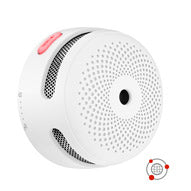
X-Sense XS01-WR Wireless Smoke Detector
- Wireless technology uses radio frequency to transmit and receive messages.
- If one alarm goes off, the rest of the interconnected alarms will alert as well.
- 5-year replaceable battery and 10-year sensor life.
- Advanced photoelectric sensor is more sensitive and reduces false alarms.
$29.99
Are Wireless Interconnect Alarms for Use in All Properties
Of course, it is yes. But it proves to be cost-effective during the time of installation of retro smoke detectors because, in most cases, it requires surface trunking. If you are planning to include during the construction of the building, it is effortless and requires less money since cables are not expensive, and you don't need to do trunking. And the buildings that have concrete ceilings need wire-free interconnection systems. Other application of this includes:
- Systems which doesn't have interconnections.
- Systems which are already having wired connections and need expansion to additional rooms and areas.
- Listed heritages and dwellings, protected buildings.
- Areas that occur individually with flat blocks.
How to Set the Interconnected Smoke Alarm System
As we previously mentioned, it is crucial to ensure all wireless smoke alarms are from the same manufacturers. After assuming you have the alarms with the same manufacturers, let us move to the next part where we will see how to set up the alarms and interconnect X sense wireless alarms.
Step 1. To turn on the power of two alarms, you need to remove the battery insulating films from the battery compartments. You need to ensure only two alarms are turned on at a time because it will allow you to interconnect successfully.
Step 2. To enable the interconnect mode, you need to press the test/silence button on any one of the alarms four times. Once it's done, the alarm will beep, and its red LED will blink continuously. It is the confirmation for you about the interconnecting mode is on. If it successfully establishes an interlinked network, it will beep once and exit from the interconnecting mode. You need to make sure all smoke alarms link to the same interconnected system. You can ensure this by interconnecting only one alarm at a time.
Step 3. If you want to connect the third smoke alarm, you need to power it on and press the test/silence button four times as you did in step 2 to connect to the previously connected alarms. You can interconnect up to 24 smoke alarms in this method.
Step 4. Now you have successfully interconnected your smoke alarms. Now you need to test the alarms to ensure everything is usually working or not by following the procedure mentioned in the user manual.

Indeed in the current market with high competition, you can find numerous different types of interlink smoke alarm for your home. Considering the safety and getting the coverage for the entire house, we recommend you go for the interconnected alarms. The new smoke alarms are efficient and as well as easy to install. It will make sure instead of each smoke alarm working independently. It helps to work as an interlinked system. It will enhance the level of safety because if one alarm goes off, all other interconnected alarms follow and alert you.
You may also like: X-Sense Wireless Interconnected Smoke Alarms FAQ




